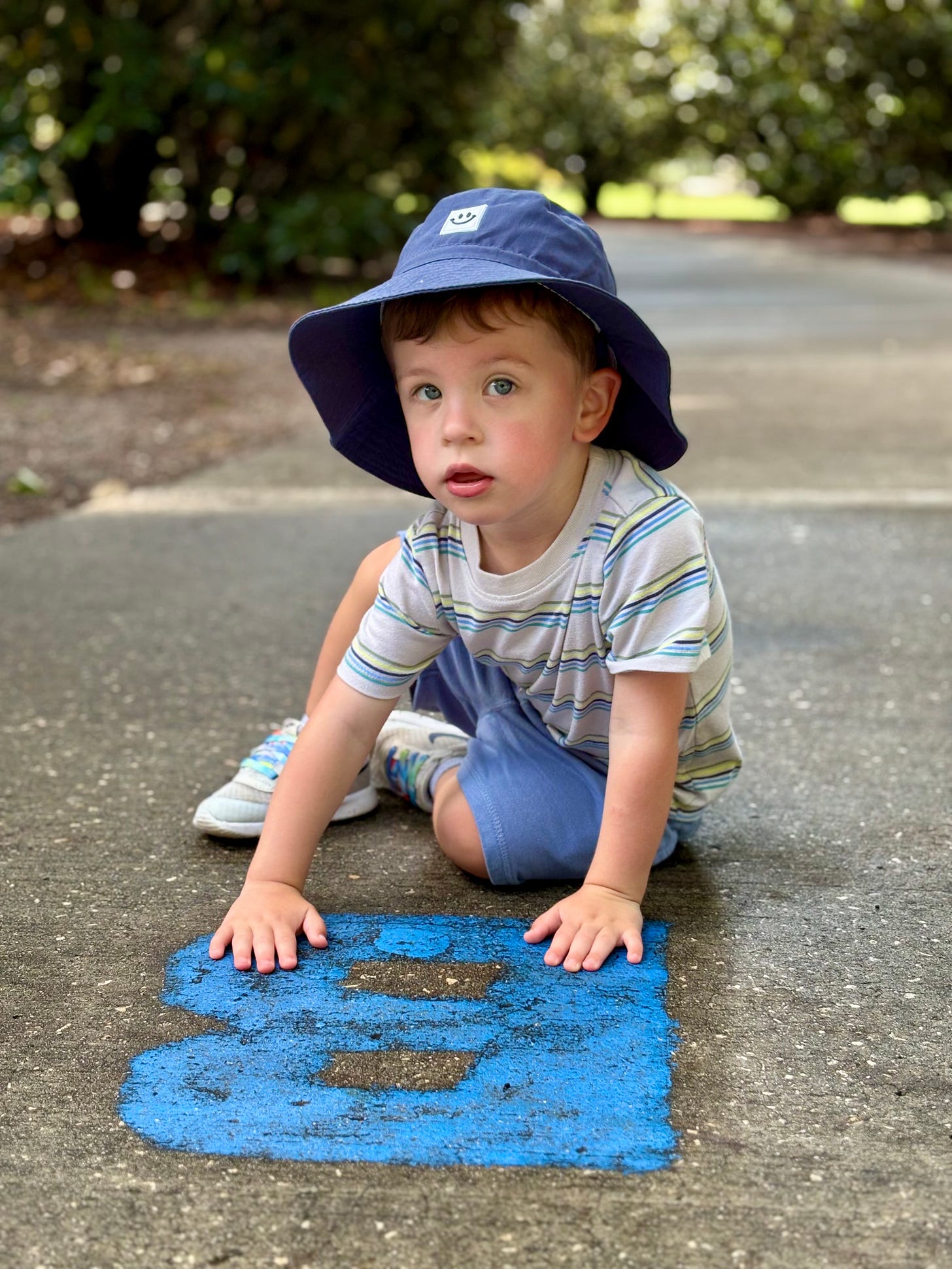Accessibility is Resourceful
Introducing The Access Pouch - Opossum House Accessibility's Newsletter
Welcome to the first issue of my newsletter on accessibility, which is a product of Opossum House Accessibility. I am an accessibility professional with over a decade of experience in making products, projects, and processes usable for people with disabilities. I used to be a civil servant. Now, I am “going solo.” This newsletter is called the “access pouch” because opossums, the namesake of the company, are marsupials…and have pouches.
Why did I name my company Opossum House Accessibility? Well, I am a solopreneur. This company is really “my services.” And opossums are my favorite animal. I also think opossums teach us a lot about accessibility. They are resourceful - and they use materials around them to build nests, eat all sorts of different things, and make use of spaces that other animals do not find. These animals also do a lot in the shadows: eating pests that make humans sick, removing carrion from the ecosystem, and controlling rodent populations. Opossums are so resourceful that there is a Mexican phrase that describes someone who is astute as “having more tricks than an opossum.”*
Accessibility is often about being resourceful. Sometimes, the most accessible thing is not the most obvious - even to disabled people! When we make things accessible, we often have to leverage the things around us in unexpected ways. We need to find the metaphorical materials for our nests, foods for our systems, and spaces that work. And sometimes, we need to ask for help to do that.
And that is where I come in.
In case this is all a bit too 30,000-foot, let me make it more accessible for you and provide an example of how accessibility is resourceful.

I have a two-year-old nephew, and when we are in the same place, we spend a lot of time at playgrounds. He plays on the swings and slides; I check out the playground’s accessibility features.
Many newer playgrounds have a surface that I can best describe as “bouncy tarmac,” which is really a type of rubberized material, often called “wet pour rubber.” Unlike the macadam or mulch surfaces of my childhood playgrounds, these surfaces absorb shock and are a lot “softer” and less “spiky.” One reason that this surface is popular is that it often uses recycled rubber, so it is good for the environment.
This surface is accessible and resourceful beyond that, though. The playground designer - usually, a local parks authority - does several things at once by picking this surface:
The surface allows for water to drain, which reduces erosion and flooding risk.
The surface is soft in such a way that a child is less likely to be badly hurt when they fall.
Because of the past two points, the surface reduces insurance costs.
The surface is cheaper to maintain than macadam.
The surface is easier to go on for a child who uses a wheelchair or mobility device.
The surface gets less hot, which makes the playground more comfortable for many autistic children.
The surface chips less easily, which makes it safer for many blind children, as they are less likely to trip and fall.
This playground surface does many things at once. It is an efficient use of resources. Accessibility, when done right, helps everyone use limited resources well.
It is a very opossum-like behavior - and that, from me, is the highest compliment.
As I build the business, I plan on using this newsletter to:
Tell you about what I am doing with the business
Teach you about different ways you see accessibility in the everyday world
Provide technical insights into accessibility in different arenas
Talk about accessibility in the news - but not in a very partisan way
This biweekly newsletter will be free. Once there is a bigger subscriber base, and if there is enough interest, I will launch a second biweekly paid edition, which will go into deeper dives. When you subscribe, indicate if you are interested!
If you are interested in learning more about the services I provide, visit the OHA website here, or book an appointment with me here. And remember to follow Opossum House on LinkedIn!
Thanks all!
Jonathan Katz-Ouziel




